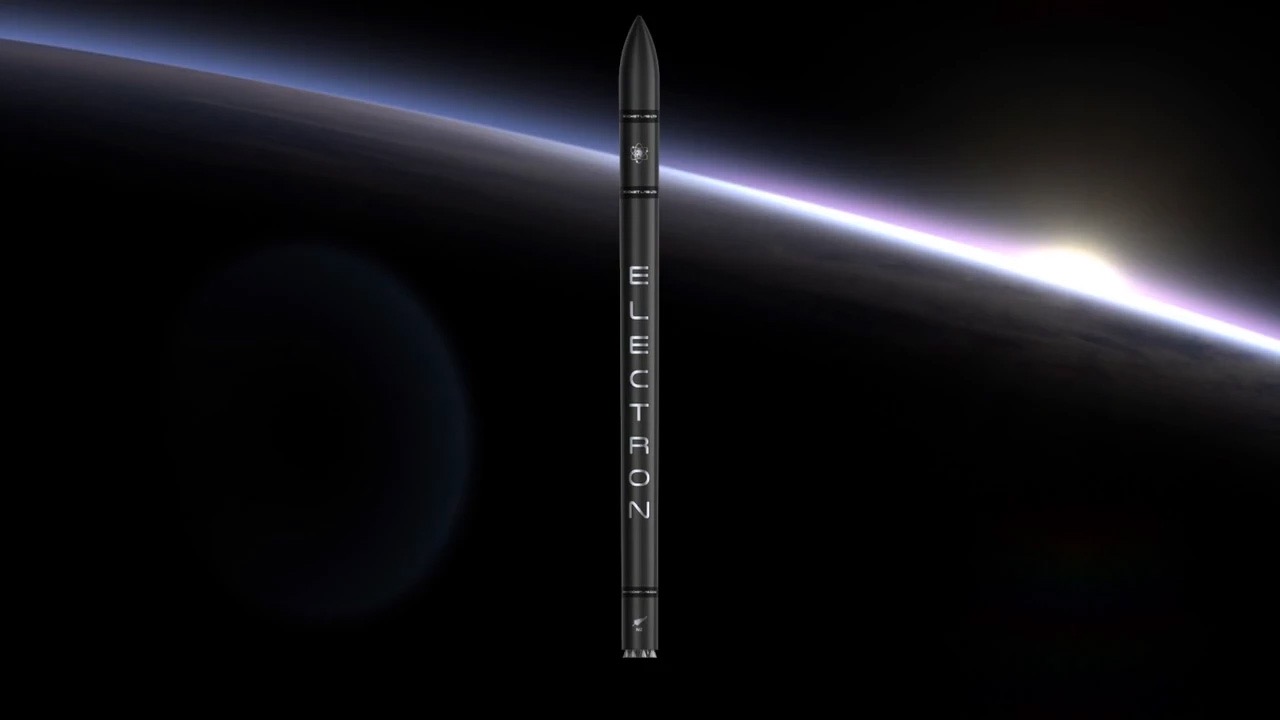In a bit of rocketry news that I’m long overdue for writing about, back on January 21st, 2018, the New Zealand company Rocket Lab had the first successful launch of their Electron rocket – a booster designed to launch very small payloads into Earth orbit.
Not only does this mark New Zealand’s entry into orbital space launch services, itself an accomplishment, but this launch was only the 2nd Electron rocket to fly.
That’s right – they made orbit successfully on only their second launch. Most other companies historically have required quite a long period of research and development, along with many multiple test flights to achieve such.

Electron also marks the first time all aspects of an orbital launch operation were managed in the private sector, without any direct involvement (such as leasing of launch facilities) from a government agency.
Electron not only launched successfully, but also carried it’s first payload on this launch – a set of CubeSats, the intended payload type for this particular launch vehicle, and currently quite a common small payload class on “piggybacking” off of other major launches. The goal with Electron is to provide a direct launch service for CubeSats intended to be launched into a Sun-synchronous orbit.
Electron is also the first launch vehicle to use electric pumps for the fuel and oxidizer feed systems rather than traditional pressure-fed or pre-burner pump fed systems. The rocket uses 9 engines on the 1st stage, and one in the second stage optimized for operation in the vacuum of space – a configuration basically identical to that of the Falcon 9. However, these engines consist of mostly 3-D printed components, cutting down production time and costs. The rocket structure itself is made of lightweight carbon composite materials.
The cost of Electron is listed at about $5 Million USD, making it certainly one of, if not the most affordable dedicated launch system for small payloads.
As you can see, I’m quite excited about this vehicle, both for it’s actual success, but also the design innovations and practical cost saving design choices it has in it. No gimmicks here, just a rocket designed to do what it’s built to do, affordably and, hopefully as time passes, reliably.
I can’t wait to see where this goes. With all that out of the way, let’s get to the actual launch of the 2nd Rocket Lab “Electron” launch vehicle, this one named “Still Testing.” Of course, I’ll set the video to just before ignition and lift off. You certainly want to have a good sound system set up for ignition – it’s one hell of a sound!
Enjoy!
